-
Subrata Samanta
Research Scholar,
Department of Physics,
Indian Institute of Technology Kanpur,
Kanpur 208016, India.
Email: samantaphy20@iitk.ac.in
Subrata's Homepage
Subrata's Homepage
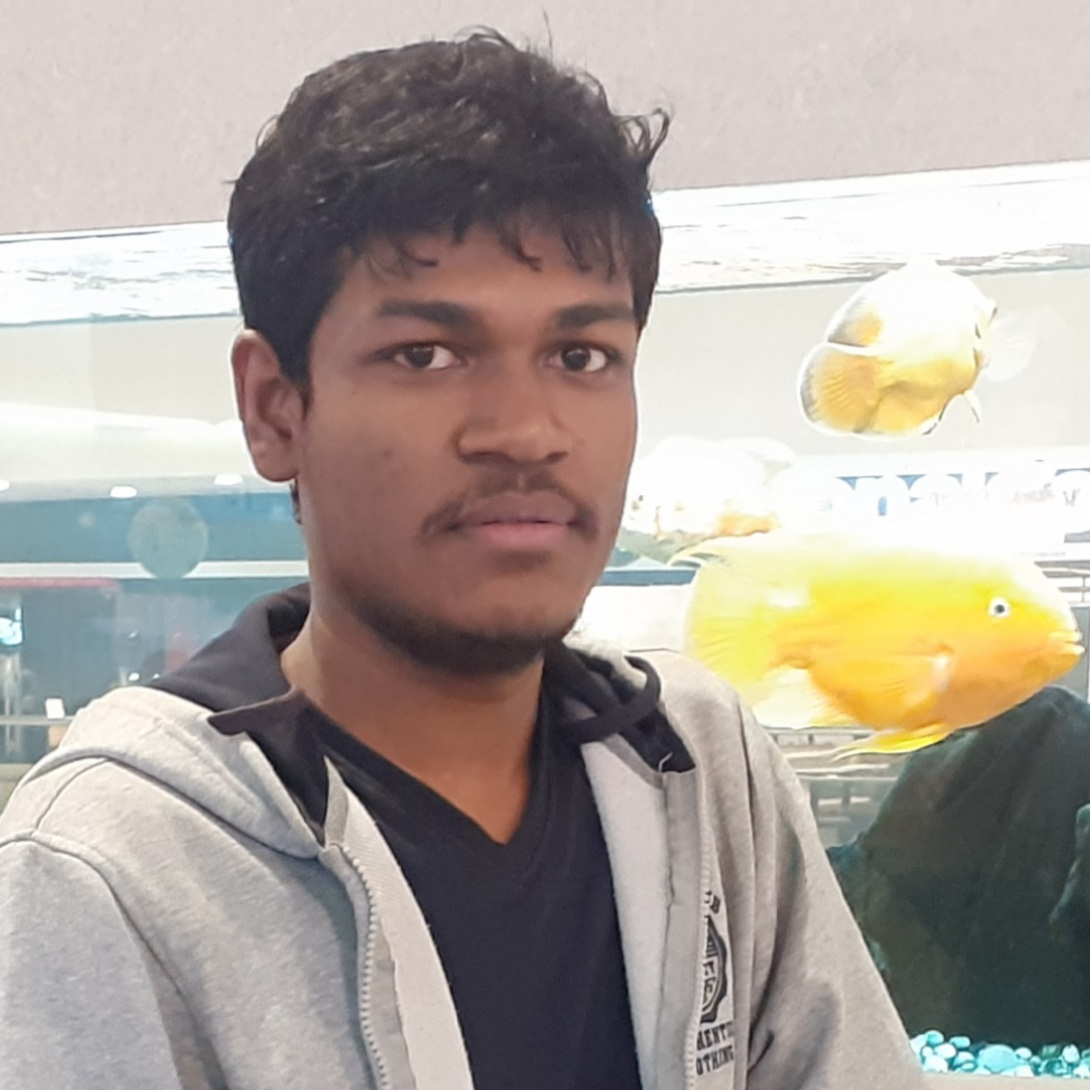
Research Scholar,
Department of Physics,
Indian Institute of Technology Kanpur,
Kanpur 208016, India.
Email: samantaphy20@iitk.ac.in
Welcome to my webpage! I am a PhD student in the Department of Physics at Indian Institute of Technology (IIT) Kanpur, and financially supported by the Ministry of Education, Government of India, under the Prime Minister’s Research Fellows scheme.
I am trying to understand the mathematical framework of quantum field theory and explore physics beyond the standard model. The Standard Model is the most accepted theory of elementary particle physics, but there are several limitations, i.e., explanation of neutrino masses, accommodating dark matter, matter-antimatter asymmetry, etc. Therefore, new ideas beyond the standard model are required to explain such physical phenomena. Read more.
My research focuses on a wide range of theoretical aspects of high-energy physics. In particular, I am interested in Higgs physics, electroweak symmetry breaking, CP violation, scattering amplitudes, effective field theory, hadron structure, and phase transitions. I am conducting my research under the supervision of Dr. Debtosh Chowdhury, Assistant Professor at IIT Kanpur.
I can be contacted at FB480 (faculty building) or samantaphys@gmail.com
For more information click here.
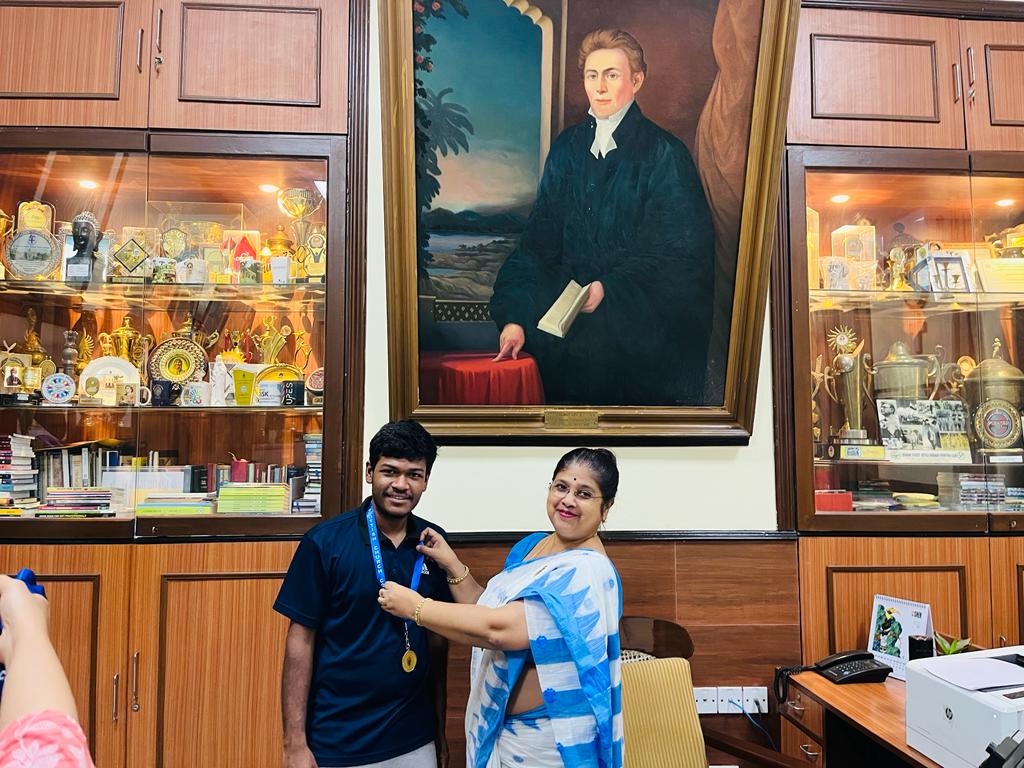

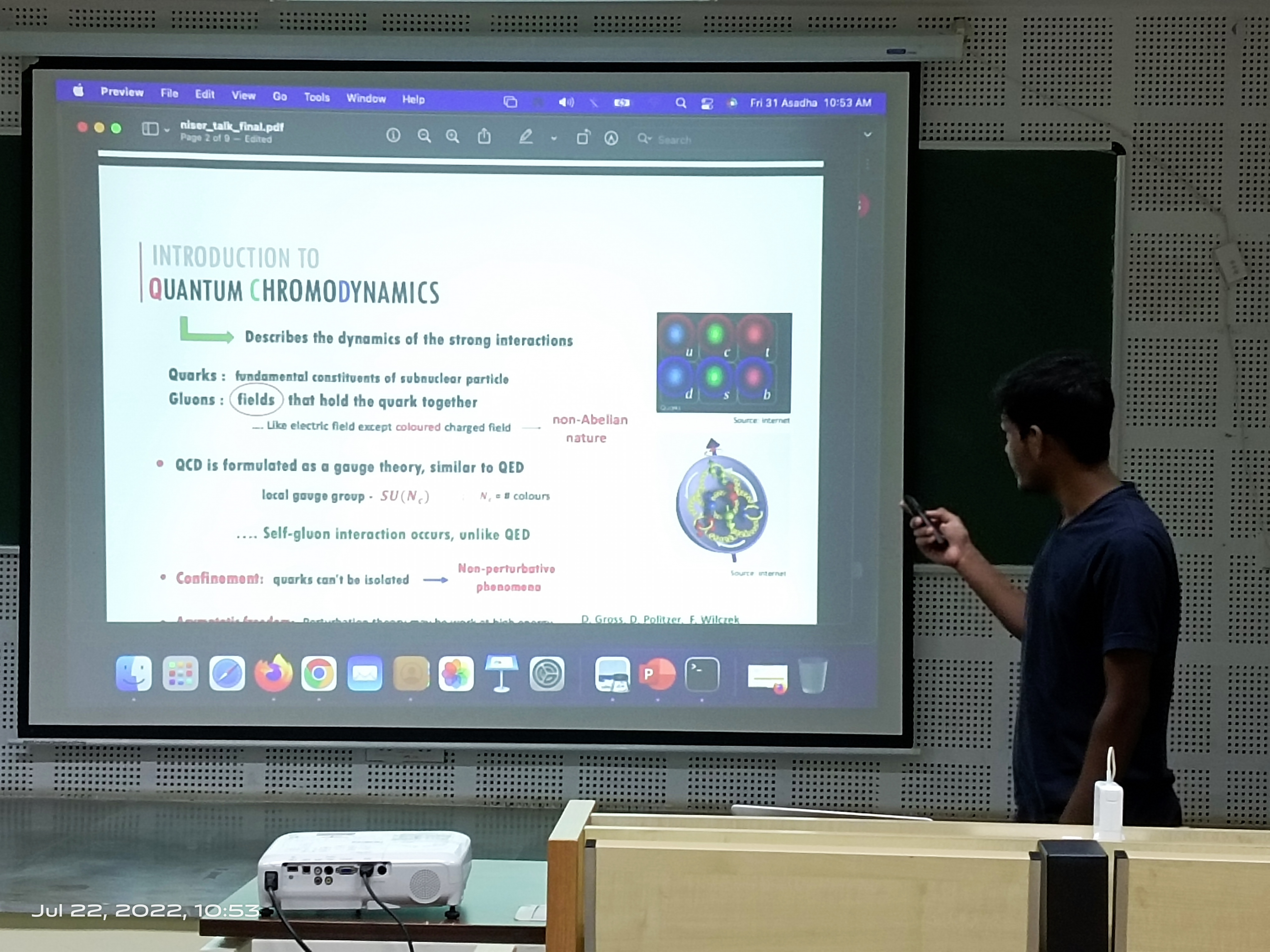
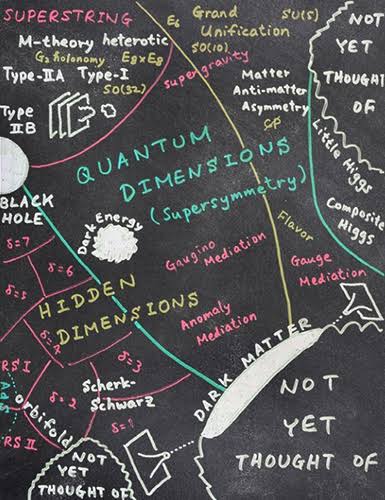
Beyond Standard Model: Explores the forefront of theoretical particle physics, dedicated to expanding the island of knowledge about the fundamental constituents of the universe. Despite its incredible success in explaining known particles and their interactions, the Standard Model fails to explain the origin of the neutrino masses, the existence of dark matter and energy, the hierarchy problem, and other puzzling phenomena. These mysteries can be addressed by proposing new theoretical frameworks, particle candidates, and novel phenomena beyond the Standard Model. In essence, it explores concepts such as composite particles, extra dimensions, and new symmetry structures to offer a better understanding of the fundamental forces and particles that govern our universe. Experimental searches at high-energy particle colliders, like the Large Hadron Collider (LHC), and future planned experiments (MuC, FCC, etc..) can test theories beyond the standard model (picture courtesy: cds.cern.ch).
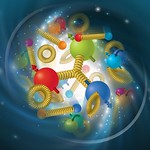
Quantum Chromodynamics:
It plays a pivotal role in unraveling the fundamental nature of the strong nuclear force, which governs the intricate interactions between quarks and gluons. Traditional perturbative methods lose their applicability in the low-energy regime, where the strong coupling is significant and confinement becomes prominent. A range of techniques is employed to investigate the non-perturbative aspects of Quantum Chromodynamics (QCD), including lattice QCD simulations, functional methods, and effective field theories. The structure of hadrons is studied in QCD from scattering experiments and theoretical tools such as QCD-inspired models and lattice QCD simulations. These approaches help to unravel the distribution of quarks and gluons within a hadron, the forces binding them together, and their momentum and spin contributions. Lattice QCD is a powerful numerical technique that discretizes space and time, enabling us to simulate the intricate dynamics of quarks and gluons on a discrete lattice. This approach empowers us to delve into the fundamental structure of matter and investigate its properties from first principles. Moreover, lattice QCD enables us to explore the behavior of matter under extreme conditions, such as high temperatures and densities, providing a comprehensive understanding of the underlying physical phenomena (picture courtesy: bnl.gov).
Here are the details of the talks and seminars I have delivered.
List of some informal talks and papers I have presented at the Particle Physics Journal Club.
Electroweak Symmetry Non-Restoration [arXiv:2210.05680]
More details about Journal Club can be found here. It serves as a platform for engaging discussions and insightful presentations on various topics.
Explore my present and past teaching activities below:
Class XI & XII - Physics (Aug - Oct 2023)
Class XI & XII - Physics (Aug - Oct 2023)
Class XII: Electric Charges and Fields (Aug - Oct 2023)
Class XII: Alternating Currents (Aug - Oct 2023)
Thermal Physics (Jan - Apr 2023)
Undergraduate Phyics Laboratory (Nov 2022 - Feb 2023)
Total citations: 1